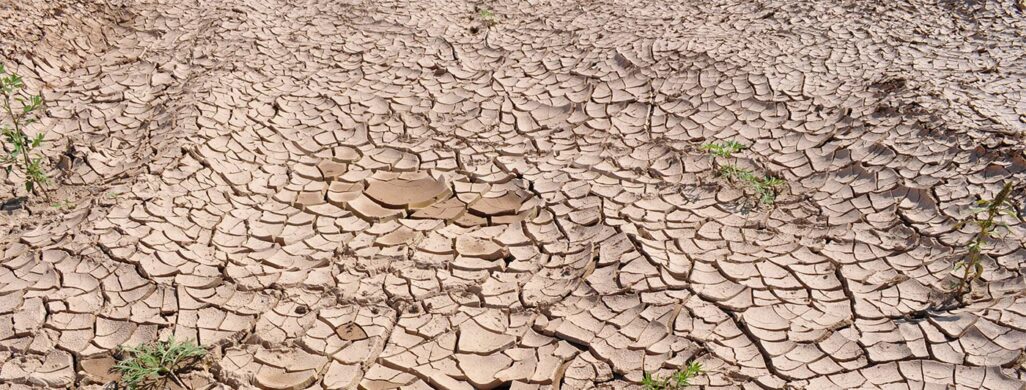Flash drought
Dry weather compounded by hot temperatures can lead to drought. However, not all droughts follow the same pattern as they develop. Some, like flash drought, emerge rapidly and can have severe consequences depending on how long they last.
A new flash drought intensity index developed by Jason Otkin, a scientist at the University of Wisconsin–Madison Cooperative Institute for Meteorological Satellite Studies along with researchers at other agencies, aims to clarify what a flash drought is and to better quantify its severity. The new index, published in the journal Atmosphere, takes into consideration how rapidly a drought intensifies as well as whether the intensification is followed by a prolonged period of drought.

“I think that the community has coalesced around the idea that flash drought should be identified based on how quickly the drought develops,” says Otkin. “But what we haven’t done is combine rapid intensification with how severe the drought actually becomes over the next 2-3 months.”
According to Otkin, this is an important omission and distinction because of land surface and hydrologic impacts — like those on vegetation and crops — that are linked to the rapidity of drought onset as well as to its severity over time. A drought that persists following rapid intensification is more likely to wither crops and evaporate critical water resources than one that intensifies in a similar timeframe but does not persist.
To create the index, the researchers analyzed soil moisture data for 1979-2017 from the Noah Land Surface Model for some known drought periods. The model characterizes land-surface interactions, like soil moisture and soil temperature, or how much moisture has evaporated from the soil due to warming conditions.

Credit: Eric Verbeten
“If you think about 2012, which was the last really bad drought that we had in Wisconsin and elsewhere in the Central US, the data show that it intensified over 6-8 weeks in June and July, but the drought itself lasted for many months afterwards,” says Otkin.
That summer, the combination of rapid intensification followed by a prolonged period of extremely dry conditions resulted in $34.5 billion in losses across 80 percent of the agricultural land in the Central US.
The Eastern US may experience more frequent and rapid drought intensification than in the Central or Western US; however, droughts in that region typically do not last as long because they are more often interrupted by rain. In contrast, when rapid intensification occurs in the Central and Western US the likelihood of rain is less. As a result, those regions get both: rapid intensification followed by prolonged drought making it more difficult to recover, says Otkin.
Longer term drought can lead to devastating crop and livestock losses as well as increased wildfires, such as those ravaging the Western US and Pacific Northwest in 2021. In addition, hydrological impacts can lead to water rationing, less recreation and fire bans for both urban and rural dwellers. Once the drought is past the intensification stage and is becoming established and prolonged, we see the emergence of these markers.
Drought is a natural feature in Earth’s climate. Otkin’s research is aimed at arming those most affected by drought with more refined tools so that they can better plan for changes that come with it, like reduced water supply.
First coined by Mark Svoboda at the National Drought Mitigation Center, the term flash drought piqued Otkin’s scientific interest around 2011. But he has a personal interest in drought and its aftermath, too.
“I grew up on a farm in Minnesota that was often affected by drought. So, it was a natural way for me to combine my interest in agriculture with a topic that impacted my family’s livelihood and was fascinating to work on,” says Otkin.
This work was supported by the NASA Water Resources Program, NASA Land Cover and Land Use Change Program, National Science Foundation, Northern Australia Climate Program, Queensland Government and University of Southern Queensland.
